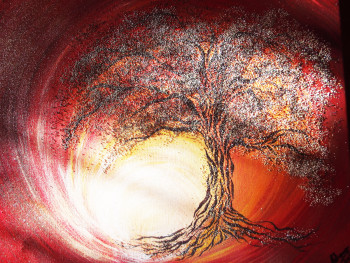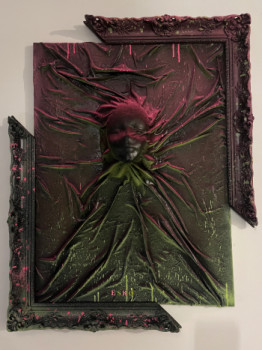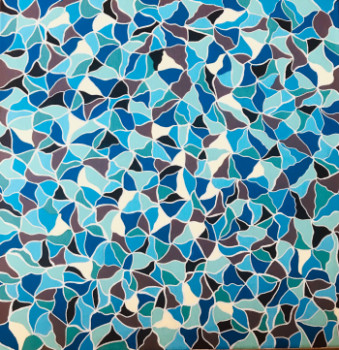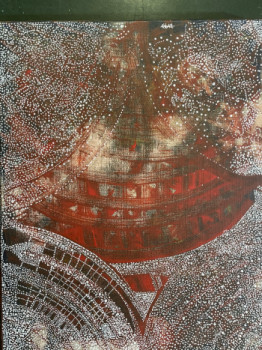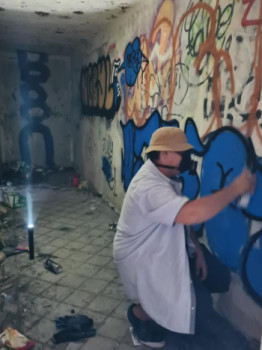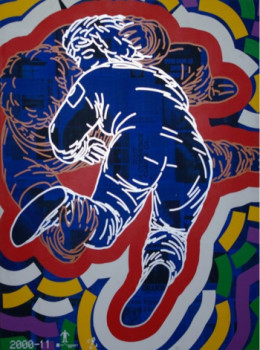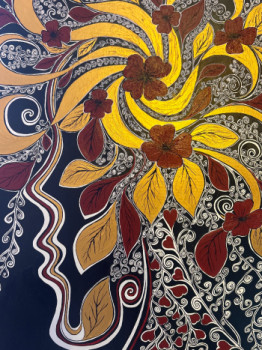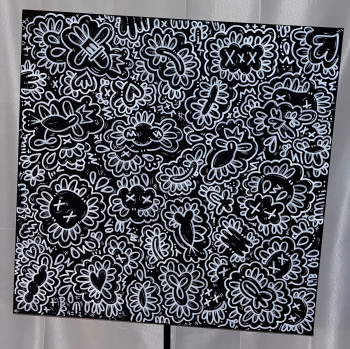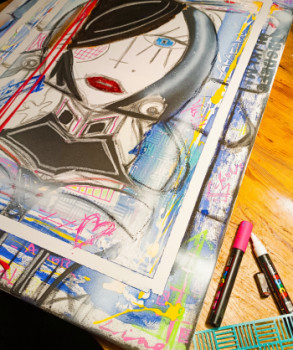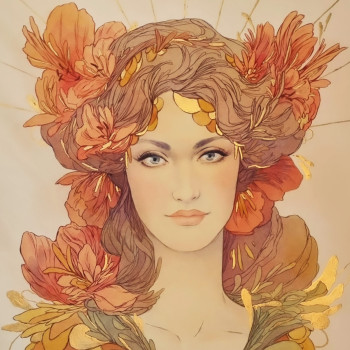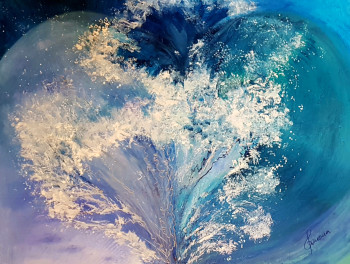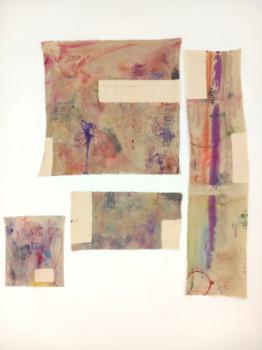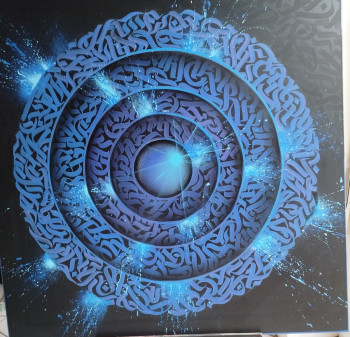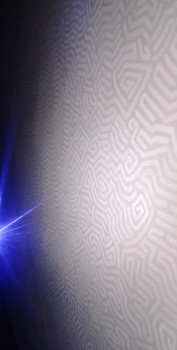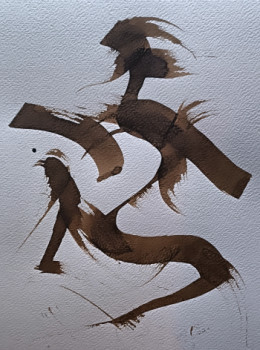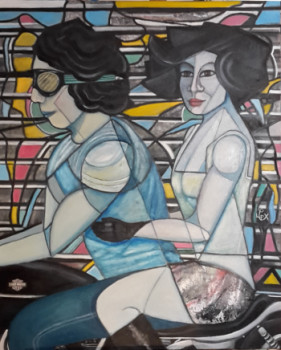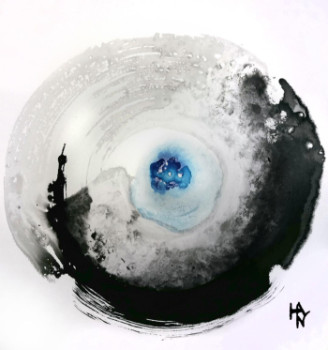
Mixed technique painting
The mixed techniques in painting open up to artists an almost infinite horizon of possibilities. Several great classical painters used them as did a large number of contemporary creators.(...)
What are mixed media?
In painting, the terms "mixed techniques" - also known as "mixed media" - designate a process of painting. creation which involves the use of at least two different art products, materials or binders of different nature. One of the best-known classic methods consists of first paint a work of art; tempera to cover it entirely or partially with oil paint/ oil. Mixed techniques took off with the advent of acrylic. In addition to being compatible with several art products, we can integrate into your work. This painting uses different mediums of textures, natural elements (paper, sand, shells, feathers, dried plants...) collages, graffiti and image transfer. Which allows artists to express their creativity. to the maximum. The ARTactif site proves to be an excellent resource for viewing the mixed media works of many of today's creators.
Is this approach recent in art?
Much less than we think. In the 15th century, in Asia, artists combined pigments and inks to compose landscapes on fabric, which corresponds to a mixed technique painting approach. In the 19th century, Edgar Degas experimented with mixed media painting in The Ballet Rehearsal. Around 1935, the English artist William Turner combined watercolor and gouache in his painting Scarlet Sunset. The trend continued into the 20th century, particularly with famous painters such as Andy Warhol, Georges Braque, Paul Klee, Pablo Picasso, Edward Munch, Klimt, Henri Matisse… Among the more recent artists, recognized for their artistic compositions on canvas or murals: Nancy Barch, Firoz Ghanty, Rebecca Horn, Ruth Brownlee, to name just a few.
Mixed techniques: a versatile approach to the extreme
In this approach, the choice of colors, textures and shapes must above all be intuitive and spontaneous. Sources of inspiration can come from anywhere (events, photos, emotions...). If you are already committed in an artistic approach and you want to be inspired by the style of a painter, the association of acrylic paint for the backgrounds and watercolor paint. Overlaying oil and inks is a good choice for getting started with mixed media painting. Add a texture medium to the a work always brings another dimension. Today’s mixed media painting artists use additives like painting paste. crackle, metallized paints, opaque or transparent gels, resins, or colored powders in their exploration of mediums.
Is a mixed media painting always abstract?
An artist can choose abstraction to ignore diktats and constraints or to experiment with different materials in order to further develop your techniques. But this is not an absolute. On this subject, the great Picasso affirmed that "...if certain painters transform the sun into a simple yellow spot, others transform a yellow spot into a sun...". The paintings of the artist J Kishinevsky constitute an interesting example of the association of mixed techniques and collage. If the whole joins the abstract approach, we can guess in the forms produced a certain part of the figurative. In fact, nothing stops an artist from using mixed media in realistic art. He can break certain rules while maintaining his perception of reality.
How to appreciate a mixed media painting?
Immerse yourself in the artist's world by first observing all the interesting shapes that caught your eye in this painting. Are they more geometric, organic, structured or placed randomly? Then focus on the colors and art products used. More than the shapes, the shades selected can be the very basis of this artist's inspiration. It may also be useful to inform yourself about the approach and background of this creator to better understand his choices. Then let yourself be imbued with the emotion that emerges from the entire subject of the painting.
How to choose a mixed media painting?
The choice of a work of art for your interior, whether it is a home or a workplace, can correspond to; a spontaneous crush for a particular work or, on the contrary, require more time to make an informed selection. A painting must be able to harmonize with each other. the entire room in which it will be installed, which includes the furniture and decorative objects found there. A colorful mixed media painting and vibrant will suit; a modern and refined room, while a monochrome painting or in colorful but more subtle tones will be better suited to your room. a piece already in use well stocked. It can also complement the color of the walls to highlight them or create a contrast effect. The size of the canvas is another parameter to consider. consider. A large painting is better suited to your needs. a spacious room, while a small canvas is better suited to your home. a smaller space.





